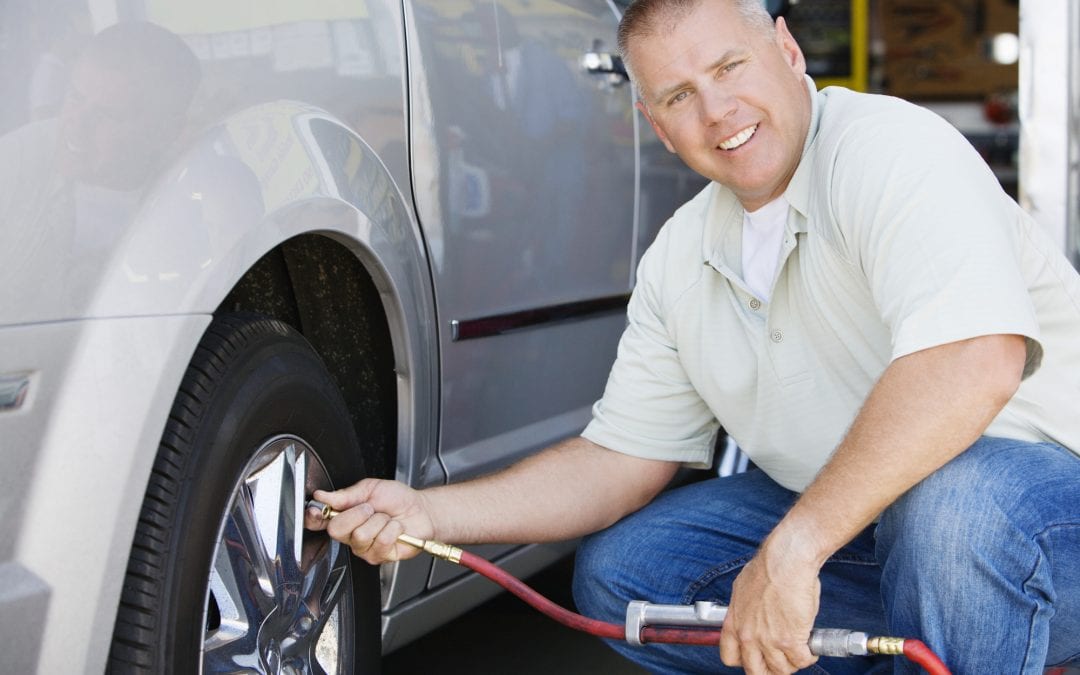Keep Your Adventure Safe With Our RV Safety Checklist
Before you depart on your next RV adventure, be sure to review this suggested RV safety checklist. It may help you prevent serious problems that could lead to traffic accidents or other unwanted emergencies such as fire, injury, or even loss of life. Whether you are a seasoned RV owner or new to driving an RV, it is important to keep safety first to avoid damage to your RV or harm to people.
Try to make these checks part of the routine you follow when beginning each season, leaving any campground, or even as a routine check if you are a full-time traveler:
Inspect your kitchen equipment and fire safety devices.
The first step on your RV safety checklist takes place in the kitchen area. Take the time to clean greasy surfaces on stoves or vent hoods. Next, test your smoke detectors and any propane leak detectors and carbon monoxide sensors. Make sure you have at least one fire extinguisher of the proper size and type for your unit. Check its pressure gauge and have it serviced or replaced if necessary.
Look for weight imbalances.
A motorhome may not turn corners or handle on the highway safely when you place too many heavy items on one side, front or rear. Also, the Federal Motor Carrier Safety Administration urges RVers to secure any loose objects to prevent them from shifting while you’re driving the vehicle. Consider participating in an RV weigh-in offered through some of the many RV clubs. Several event locations can be found throughout the country.
Assemble or restock the emergency kit.
As part of your RV safety checklist, you should always make sure that your emergency kit is fully stocked and ready to go. It should contain supplies and tools you might need if your camper breaks down or you encounter severe weather. Helpful items include a flashlight, jumper cables, reflective triangles, hand sanitizer, bandages, blankets, and water. Consider bringing a heavy-duty tow rope as well, it might just help you get pulled to a safe location to await a commercial tow.
Make sure everything is disconnected and put away before you get behind the wheel.
Remember to properly store outdoor RV steps and retract your awnings. Always confirm that you’ve detached any utility lines from the vehicle. If your motorhome has a slide-out, don’t forget to close it before leaving. And, it seems it can’t be said enough times to remember to lower the antenna before you drive off. Many people damage their RVs by leaving in a hurry.
Carefully inspect your motorhome’s tires.
Always check your tires for proper inflation, examine the tread depth, and look for cuts. Tires will last longer if you occasionally wash them and use covers during long periods of disuse. Although your tires may seem to be in decent condition, many manufacturers agree it’s wise to replace RV tires older than six to seven years of the DOT date imprinted on the sidewall. This code is the date of manufacture of the tire. Motorhomes and trailers built during one model year could have tires on it that were produced the previous year, depending on how long they remained for sale at the dealer. In any case, industry recommendations say any tire ten years or older needs replacement regardless of visual condition.
RV Onsite Services performs professional RV inspections and repairs at affordable rates. With pre-trip inspections done promptly, repairs can be completed before your trip begins instead of interrupting your adventure. Contact us to schedule an appointment for our services.

